The sitar (English: sɪtɑːr or /sɪˈtɑːr/; सितार, Punjabi: ਸਿਤਾਰ, sitāra pronounced [sɪˈtaːr]) is a plucked stringed instrument, originating from the Indian subcontinent, used in Hindustani classical music. The instrument flourished under the Mughals, and it is named after a Persian instrument called the setar (meaning three strings). The sitar flourished in the 16th and 17th centuries and arrived at its present form in 18th-century India. It derives its distinctive timbre and resonance from sympathetic strings, bridgedesign, a long hollow neck and a gourd-shaped resonance chamber. In appearance, the sitar is similar to the Tanpura, except that it has frets.
Used widely throughout the Indian subcontinent, the sitar became popularly known in the wider world through the works of Ravi Shankar, beginning in the late 1950s and early 1960s.[1] In the 1960s, a short-lived trend arose for the use of the sitar in Western popular music, with the instrument appearing on tracks by bands such as The Beatles, The Doors, The Rolling Stones and others. stringed instrument of the lute family that is popular in northern India, Pakistan, and Bangladesh. Typically measuring about 1.2 metres (4 feet) in length, the sitar has a deep pear-shaped gourd body; a long, wide, hollow wooden neck; both front and side tuning pegs; and 20 arched movable frets
Net weight 13 kg. packing weight 19 kg. volume weight approx 35 kg. Shipping & packing cost in India approx Rs.7000/- Out side India shipping charges on DHL or Fed Ex USD 280
Australia, New Zealand, Fiji : Fumigation, Tannry, Animal quarantine charges USD 123.00

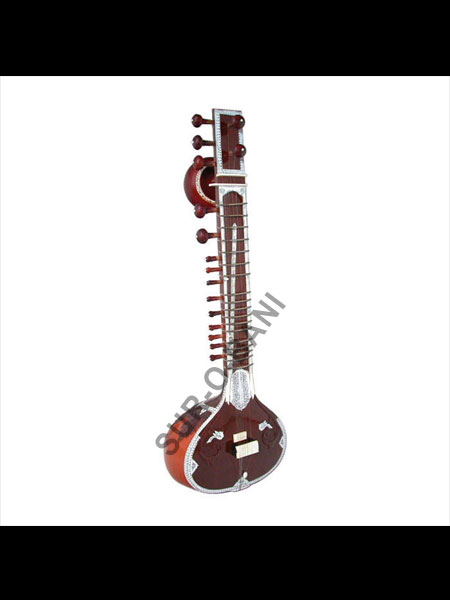

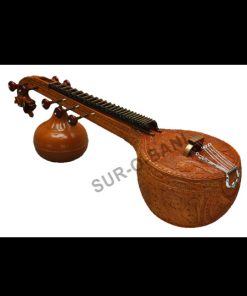
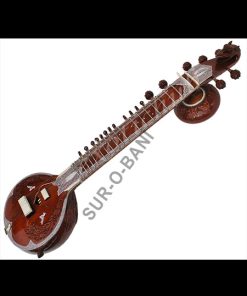
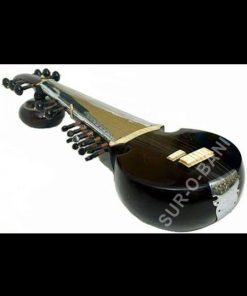
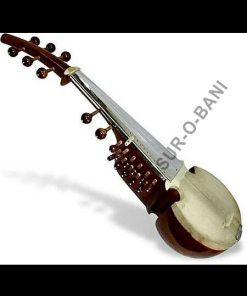
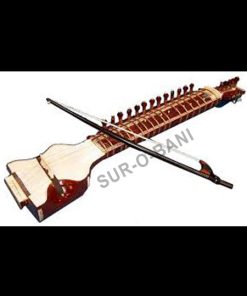


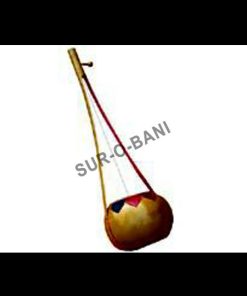
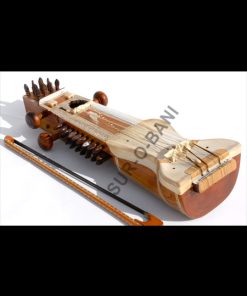
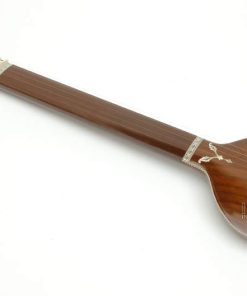
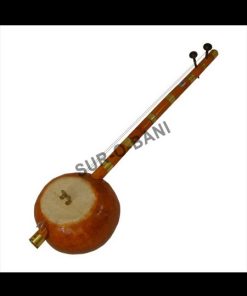
Reviews
There are no reviews yet.